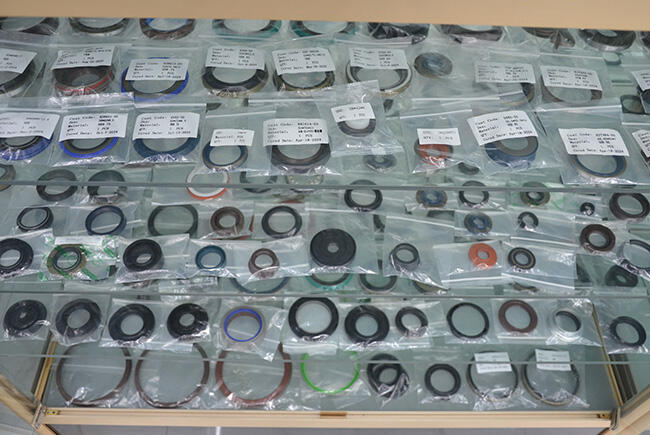In industrial maintenance, seals rarely get the spotlight. Most people notice the pump, the gearbox, or the engine, but hardly anyone talks about the oil seal at the shaft or the O-ring hidden in a hydraulic fitting. Yet, when a seal fails, everything else quickly follows. Downtime, oil leaks, unexpected repairs—these are the moments when engineers suddenly realize how critical a small piece of rubber or PTFE actually is.
Take oil seals, for example. On paper they look simple: an elastomer lip, sometimes with a spring, pressed against a rotating shaft. In practice, the difference between a reliable seal and a troublesome one lies in the details—shaft finish, misalignment, pressure fluctuations, and the quality of the sealing lip. Many heavy-duty vehicles and construction machines rely on high-temperature resistant oil seals, since standard nitrile types often harden and crack after long exposure to heat and oil additives.

O-rings tell a similar story. They are often described as the most basic sealing element, but in maintenance work, they can make or break a job. A crane’s hydraulic cylinder might stop working simply because an O-ring was cut during installation, or the wrong compound was used for the working fluid. That is why many factories keep O-ring cords in stock. Instead of waiting days for the exact molded size, technicians can cut and join the cord on site, restoring equipment faster.
Combination seals, or bonded washers, solve yet another set of problems. In hydraulic systems, threaded fittings are often prone to weeping leaks. The bonded washer design—rubber vulcanized onto a steel ring—provides both structural strength and tight sealing under bolt load. It’s a small but effective component that prevents slow fluid loss in high-pressure connections.
What stands out after years of field service is not just the material or the catalog specification, but the match between seal design and the environment. A seal that works perfectly in a forklift’s gearbox may fail in a marine gearbox, simply because saltwater, temperature cycles, and vibration create harsher conditions. That is why experienced engineers look beyond dimensions and consider factors like media resistance, compression set, and ease of installation.
Seals may never be the largest part of the bill of materials, but their influence on performance is out of proportion to their size. Anyone who has had to stop production over a $2 O-ring understands the value. That’s why in industries ranging from automotive to heavy machinery, reliable sealing is not just about avoiding leaks—it’s about keeping systems efficient, safe, and productive.
 Hot News
Hot News